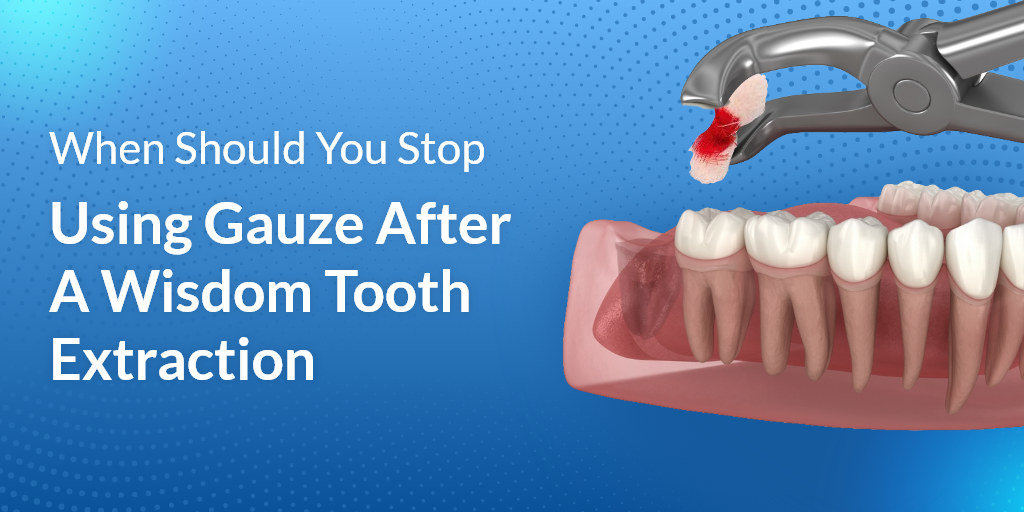
Having a wisdom tooth extracted can be a significant dental procedure, and post-operative care is crucial to ensure proper healing and prevent complications. One of the immediate post-care instructions that patients often receive is to bite down on gauze to control bleeding. But many wonder when to stop using gauze after wisdom tooth extraction. In this article, we’ll explore this in detail.
Gauze is typically placed at the extraction site to help control and limit bleeding after the procedure. It exerts pressure on the wound, facilitating the formation of a clot. This blood clot is an essential part of the healing process as it covers the exposed bone and tissue, protecting it from bacteria, food, and other potential contaminants.
The duration one needs to keep the gauze in place varies based on several factors:
Typically, dentists advise changing the gauze every 30 to 45 minutes, depending on the bleeding rate. If after a few hours the bleeding has significantly decreased or stopped, you might be ready to remove the gauze.
Here are a few signs that can help you determine when to stop using gauze after wisdom tooth extraction:
Once you decide to remove the gauze, it’s crucial to follow other post-operative care instructions to support healing.
Determining when to stop using gauze after wisdom tooth extraction plays a vital role in ensuring optimal healing. By paying attention to the signs your body gives and following the dentist’s recommendations, you can ensure a smoother and more comfortable recovery. Every individual’s healing journey is unique, so it’s always a good idea to consult with your dentist if in doubt.

LA Dental Clinic
3377 Wilshire Blvd #202
Los Angeles, CA, 90010